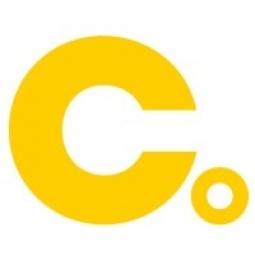Customer Company Size
Large Corporate
Region
- Europe
Country
- Sweden
Product
- USS Web Security
- Email Security
Tech Stack
- Cloud Services
- SaaS
- IaaS
Implementation Scale
- Enterprise-wide Deployment
Impact Metrics
- Productivity Improvements
Technology Category
- Cybersecurity & Privacy - Cloud Security
- Infrastructure as a Service (IaaS) - Cloud Computing
Applicable Industries
- Food & Beverage
Applicable Functions
- Business Operation
Use Cases
- Cybersecurity
Services
- Cybersecurity Services
- Cloud Planning, Design & Implementation Services
About The Customer
Cloetta is one of Europe’s most successful confectionery businesses. Founded in 1862, it operates in the Nordics, the Netherlands, and Italy. It manufactures and markets sugar confectionery, chocolate products, pastilles, and chewing gum, including well-known brands like Läkerol, Jenkki, Red Band, and Sperlari. Cloetta’s products are sold in more than 50 markets worldwide. Listed on the Stockholm stock exchange and headquartered there, Cloetta has over 2500 employees in 14 countries. To enable the growth of its confectionery business, Cloetta’s Group IT function supports the company through the provision of an efficient client landscape and technology infrastructure. Cloetta’s IT strategy is based on utilizing commodity services and applications as much as possible, with the idea of reducing the infrastructure footprint and “smart-sourcing” some business-critical processes.
The Challenge
Cloetta, a successful confectionery business in Europe, has been utilizing commodity services and applications to reduce its infrastructure footprint and smart-source some business-critical processes. Remote working and cloud services are integral parts of the company's strategy to increase productivity and grow the business. However, the openness of its IT architecture posed a threat to the security of its confidential information. The use of cloud applications and the increase in remote working meant that more employees were using the internet to access services and gather information, which in turn increased the chance of getting infected by malicious applications. Cloetta was also the target for cyber threats that proliferate through the use of email, such as phishing, spam, viruses, and other malware.
The Solution
To secure its cloud environment and the remote working facility, Cloetta turned to Censornet’s Unified Security Services (USS) Web Security solution. This solution was chosen to reduce the risk of exposure to malicious applications without being limited by technology like proxy servers and centralized internet breakouts. To tackle the email threat issue, Cloetta implemented Censornet’s Email Security. This tool was effective at blocking phishing, viruses, and other malware, as well as spam messages. Cloetta had previously used a spam-filtering tool from a well-known vendor. GertJan Minkels, solution architect at Cloetta, explains that Censornet takes a unique approach to designing its solutions, which leads to much more flexible protection.
Operational Impact

Case Study missing?
Start adding your own!
Register with your work email and create a new case study profile for your business.
Related Case Studies.

Case Study
The Kellogg Company
Kellogg keeps a close eye on its trade spend, analyzing large volumes of data and running complex simulations to predict which promotional activities will be the most effective. Kellogg needed to decrease the trade spend but its traditional relational database on premises could not keep up with the pace of demand.
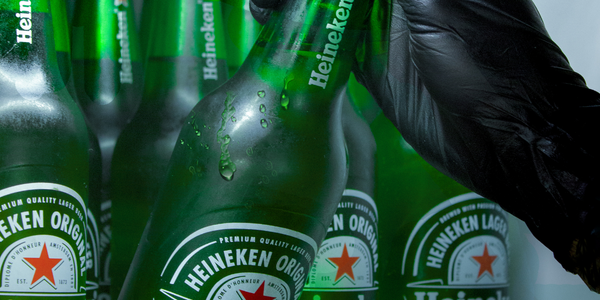
Case Study
HEINEKEN Uses the Cloud to Reach 10.5 Million Consumers
For 2012 campaign, the Bond promotion, it planned to launch the campaign at the same time everywhere on the planet. That created unprecedented challenges for HEINEKEN—nowhere more so than in its technology operation. The primary digital content for the campaign was a 100-megabyte movie that had to play flawlessly for millions of viewers worldwide. After all, Bond never fails. No one was going to tolerate a technology failure that might bruise his brand.Previously, HEINEKEN had supported digital media at its outsourced datacenter. But that datacenter lacked the computing resources HEINEKEN needed, and building them—especially to support peak traffic that would total millions of simultaneous hits—would have been both time-consuming and expensive. Nor would it have provided the geographic reach that HEINEKEN needed to minimize latency worldwide.
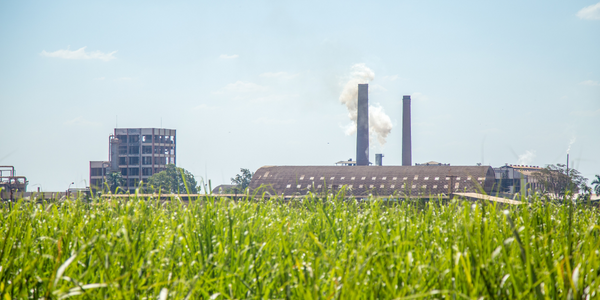
Case Study
Energy Management System at Sugar Industry
The company wanted to use the information from the system to claim under the renewable energy certificate scheme. The benefit to the company under the renewable energy certificates is Rs 75 million a year. To enable the above, an end-to-end solution for load monitoring, consumption monitoring, online data monitoring, automatic meter data acquisition which can be exported to SAP and other applications is required.
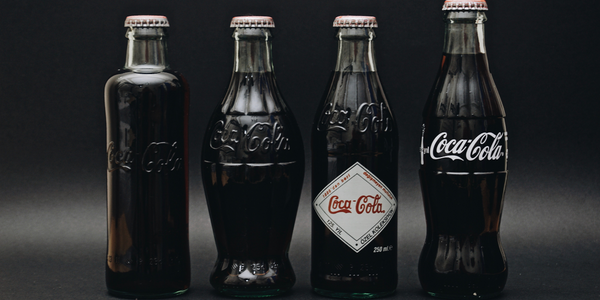
Case Study
Coca Cola Swaziland Conco Case Study
Coco Cola Swaziland, South Africa would like to find a solution that would enable the following results: - Reduce energy consumption by 20% in one year. - Formulate a series of strategic initiatives that would enlist the commitment of corporate management and create employee awareness while helping meet departmental targets and investing in tools that assist with energy management. - Formulate a series of tactical initiatives that would optimize energy usage on the shop floor. These would include charging forklifts and running cold rooms only during off-peak periods, running the dust extractors only during working hours and basing lights and air-conditioning on someone’s presence. - Increase visibility into the factory and other processes. - Enable limited, non-intrusive control functions for certain processes.
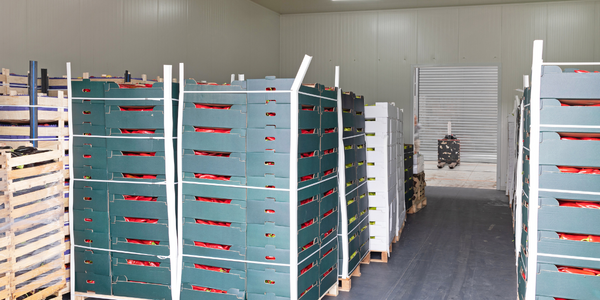
Case Study
Temperature Monitoring for Restaurant Food Storage
When it came to implementing a solution, Mr. Nesbitt had an idea of what functionality that he wanted. Although not mandated by Health Canada, Mr. Nesbitt wanted to ensure quality control issues met the highest possible standards as part of his commitment to top-of-class food services. This wish list included an easy-to use temperature-monitoring system that could provide a visible display of the temperatures of all of his refrigerators and freezers, including historical information so that he could review the performance of his equipment. It also had to provide alert notification (but email alerts and SMS text message alerts) to alert key staff in the event that a cooling system was exceeding pre-set warning limits.
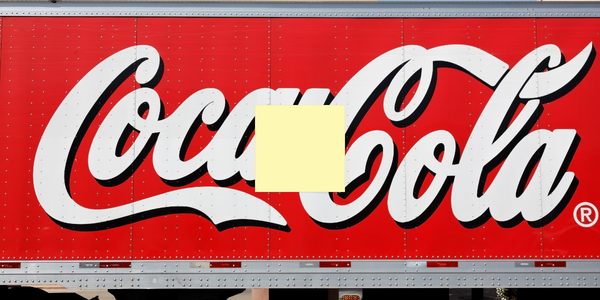
Case Study
Coca-Cola Refreshments, U.S.
Coca-Cola Refreshments owns and manages Coca-Cola branded refrigerators in retail establishments. Legacy systems were used to locate equipment information by logging onto multiple servers which took up to 8 hours to update information on 30-40 units. The company had no overall visibility into equipment status or maintenance history.




